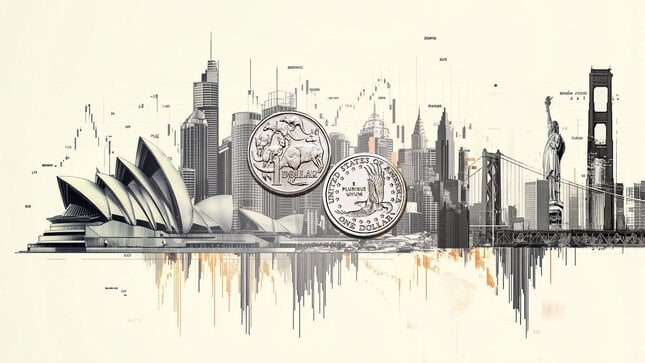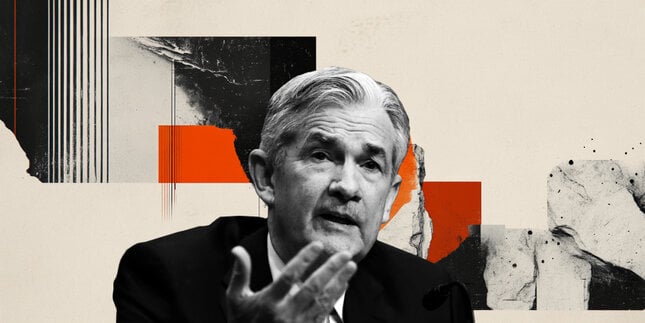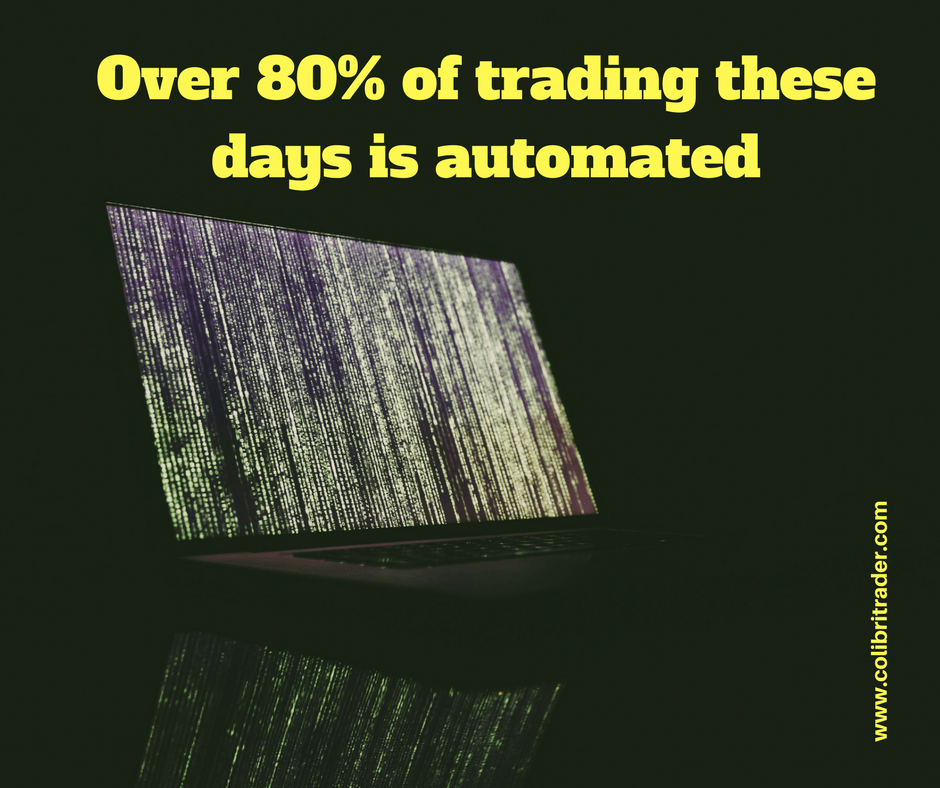In Forex trading, even a price action trader like me can’t ignore the High-Frequency Trading (HFT) industry. And, the way it shaped the Forex market.
To fully understand its impact on the market and prices, imagine that over eighty percent of trading these days is automated. It means, one way or the other, a robot, or computer, deals with the buying and selling of a currency pair.
But this is what is seen from the retail trader’s side. There’s a huge corporate business dealing with HFT.
Quant companies have armies of super computers dealing with processing market orders. They do that at speeds unimaginable a few years back in time.
Even today, if one really goes into details, the findings are amazing.
Physical cables were laid down the bottom of the Atlantic Ocean to improve trading speeds.
By how much?
By mere 7 milliseconds.
Yes, you’ve heard it right. Seven milliseconds. It was enough to cover the cost of such a vast operation.
High-Frequency Trading in Forex
The Forex industry changed dramatically with the Personal Computer. When online trading became available, retail traders from around the world came to electronic trading.
But it was just the beginning. For computers and computer-generated algorithms changed the way trading is done today.
Look no further than eight years ago. Leading Forex companies were proud to offer “great” spreads to retail clients.
The EURUSD pair used to be quoted at a three-pip spread! Nowadays, zero point something spread on the EURUSD pair is the norm.
Who’s responsible for the fantastic reduction in spreads? You guessed it: the HFT industry. Or at least partially!
Typically, retail traders blame the market when their stop loss gets triggered. How many times you’ve heard/thought that the market is chasing after your stops?
But HFT is not all about triggering stops. I mean, not all the time.
While the HFT trading industry deals with super computers or high-frequency algorithms, they’re still programmed by…
Humans.
As such, the error element still exists. But it has shrunk considerably.
HFT Negatives
The problem with the HFT industry is that it strongly influences the way the market moves. Nowadays, human traders follow robots. Not the other way around.
HFT players (quant firms with more capital and computing power than any retail trader) program the algorithms to buy or sell a currency pair (or other instrument). More exactly, the robots act when economic data comes out.
The Known Input
After all, that’s a known input. We all know when a given set of economic data comes out.
On top of it, there’s an estimated value of it. And, a forecast.
As such, the “algobots” are programmed to buy or sell a given currency/currency pair. They do that instantly.
That’s why prices change “in a blink of an eye”. But you see, even this saying is outdated.
A little more than half a time it takes to blink your eyes is a 250-millisecond interval. These computers make trading decisions much, much faster than that.
Literally, they buy and sell thousands of trades per second. And this automated process changed, of course, the way prices are displayed. Or, it changed the way a chart looks.
Patterns change…
With that, patterns changed too. A head and shoulders or a double top or bottom will appear differently on a chart today than it did two decades or more ago.
Look for this trend to continue. These days, robots identify classic technical analysis patterns themselves. And, they trade them in the opposite way!
…getting even deeper…
Furthermore, there are “algobots” that know how to read. Yes, you’ve read it right!
They’re programmed to spot even the slightest nuances in different texts.
Like, central bank’s statements.
A typical example is the FOMC (Federal Open Market Committee) Statement. The “algobots” are instructed/programmed to buy/sell the dollar based on the text differences in the statement.
Changes in wording is a way to communicate monetary policy. Traders know what to look for in advance. Therefore, the trading process can be automated.
HFT Positives
What’s interesting about the HFT industry is that it is perceived as negative. It has an overall negative aura.
Did your stop got hit?
Damn trading robots!
Is your take profit missed by an inch? It must be the algos.
Sounds familiar???
But not all is bad with the HFT industry. It changed trading conditions for the better.
Remember the three pips spread on the EURUSD mentioned earlier? The reduction in spreads is greatly the result of HFT.
Nowadays, with the ECN (Electronic Communications System), brokers can easily pair buying and selling orders. How is that possible?
HFT is the answer. Pairing client’s orders with liquidity providers’ orders has never been a complicated thing.
But, with computers, when the process is automated, pairing gets better and better.
At first, the spreads shrank. From three pips on the EURUSD to two pips. That’s quite a percentage!
Next, the account types changed. Instead of the four-digit trading account, five-digit ones appeared.
Spreads shrank even more. That’s good for retail trading as costs associated with the process shrank too.
Conclusion
Trading changed and it will continue to change. Technological advances make room for more and more computing power.
A difference between HFT and retail trading will always exist. Even though, retail traders try to close the gap.
How come? Expert Advisors (trading robots) appeared.
In a way, it is still HFT, right? Robots/machines that automatically execute trades.
However, there’s a difference. The real HFT industry trades the 7th or the 8th decimal in a currency pair.
The gap will never close. If anything, trading will change in being more and more sophisticated.
And, computer dependent. Today everything surrounding us depends on computing power and computers.
Why should trading be different? It won’t, as more and more entities will try to get an edge in the HFT industry.
The future will probably belong to AI (Artificial Intelligence). If/when AI’s will be able to replace humans in taking trading decisions, we can say that HFT changed.
Or, that the industry moved to a new era. Until then, long live the HFT!
As a retail trader, one has one choice and one choice only: adapt or stay out of the game.
This material is written for educational purposes only. By no means do any of its contents recommend, advocate or urge the buying, selling or holding of any financial instrument whatsoever. Trading and Investing involves high levels of risk. The author expresses personal opinions and will not assume any responsibility whatsoever for the actions of the reader. The author may or may not have positions in Financial Instruments discussed in this newsletter. Future results can be dramatically different from the opinions expressed herein. Past performance does not guarantee future results.
Editors’ Picks

AUD/USD Price Forecast: Revisits two-month high near 0.6620
AUD/USD rises to near 0.6620 due to continued outperformance from the Australian Dollar. RBA’s Bullock keeps the option of further monetary policy tightening on the table. Investors seem confident that the Fed will reduce interest rates next week.

Japanese Yen refreshes three-week high vs USD; seems poised to appreciate further
The Japanese Yen retains bullish bias as BoJ rate hike bets offset dismal Household Spending data. Dovish Fed expectations fail to assist the USD in attracting buyers and keep a lid on the USD/JPY pair. Traders keenly await the US PCE Price Index for Fed rate-cut cues and a fresh directional impetus.

Gold: Bullish momentum fades despite broad USD weakness
After rising more than 3.5% in the previous week, Gold has entered a consolidation phase and fluctuated at around $4,200. The Federal Reserve’s interest rate decision and revised Summary of Economic Projections, also known as the dot plot, could trigger the next directional move in XAU/USD.

Week ahead: Rate cut or market shock? The Fed decides
Fed rate cut widely expected; dot plot and overall meeting rhetoric also matter. Risk appetite is supported by Fed rate cut expectations; cryptos show signs of life. RBA, BoC and SNB also meet; chances of surprises are relatively low. Dollar weakness could linger; both the aussie and the yen best positioned to gain further. Gold and oil eye Ukraine-Russia developments; a peace deal remains elusive.

Week ahead – Rate cut or market shock? The Fed decides
Fed rate cut widely expected; dot plot and overall meeting rhetoric also matter. Risk appetite is supported by Fed rate cut expectations; cryptos show signs of life. RBA, BoC and SNB also meet; chances of surprises are relatively low.
RECOMMENDED LESSONS
Making money in forex is easy if you know how the bankers trade!
I’m often mystified in my educational forex articles why so many traders struggle to make consistent money out of forex trading. The answer has more to do with what they don’t know than what they do know. After working in investment banks for 20 years many of which were as a Chief trader its second knowledge how to extract cash out of the market.
5 Forex News Events You Need To Know
In the fast moving world of currency markets where huge moves can seemingly come from nowhere, it is extremely important for new traders to learn about the various economic indicators and forex news events and releases that shape the markets. Indeed, quickly getting a handle on which data to look out for, what it means, and how to trade it can see new traders quickly become far more profitable and sets up the road to long term success.
Top 10 Chart Patterns Every Trader Should Know
Chart patterns are one of the most effective trading tools for a trader. They are pure price-action, and form on the basis of underlying buying and selling pressure. Chart patterns have a proven track-record, and traders use them to identify continuation or reversal signals, to open positions and identify price targets.
7 Ways to Avoid Forex Scams
The forex industry is recently seeing more and more scams. Here are 7 ways to avoid losing your money in such scams: Forex scams are becoming frequent. Michael Greenberg reports on luxurious expenses, including a submarine bought from the money taken from forex traders. Here’s another report of a forex fraud. So, how can we avoid falling in such forex scams?
What Are the 10 Fatal Mistakes Traders Make
Trading is exciting. Trading is hard. Trading is extremely hard. Some say that it takes more than 10,000 hours to master. Others believe that trading is the way to quick riches. They might be both wrong. What is important to know that no matter how experienced you are, mistakes will be part of the trading process.
The challenge: Timing the market and trader psychology
Successful trading often comes down to timing – entering and exiting trades at the right moments. Yet timing the market is notoriously difficult, largely because human psychology can derail even the best plans. Two powerful emotions in particular – fear and greed – tend to drive trading decisions off course.




